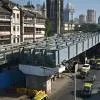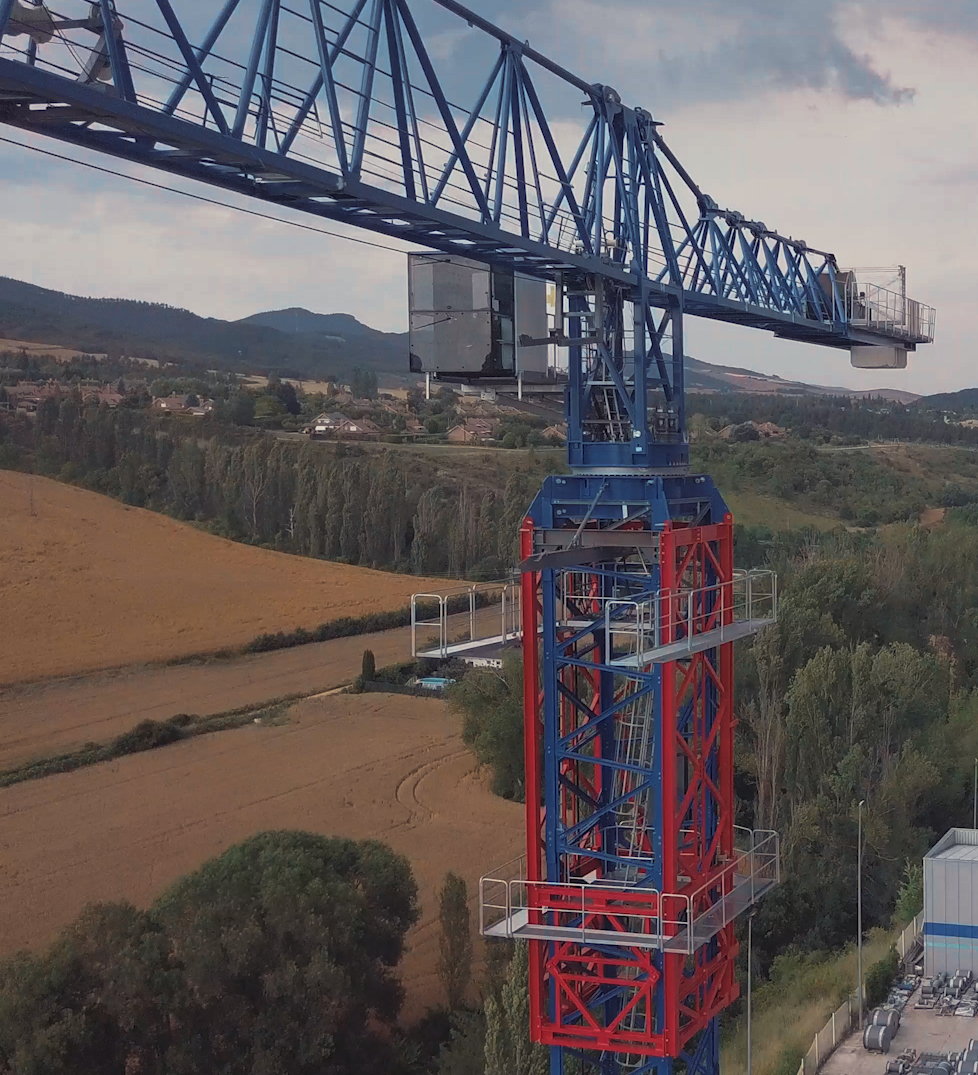
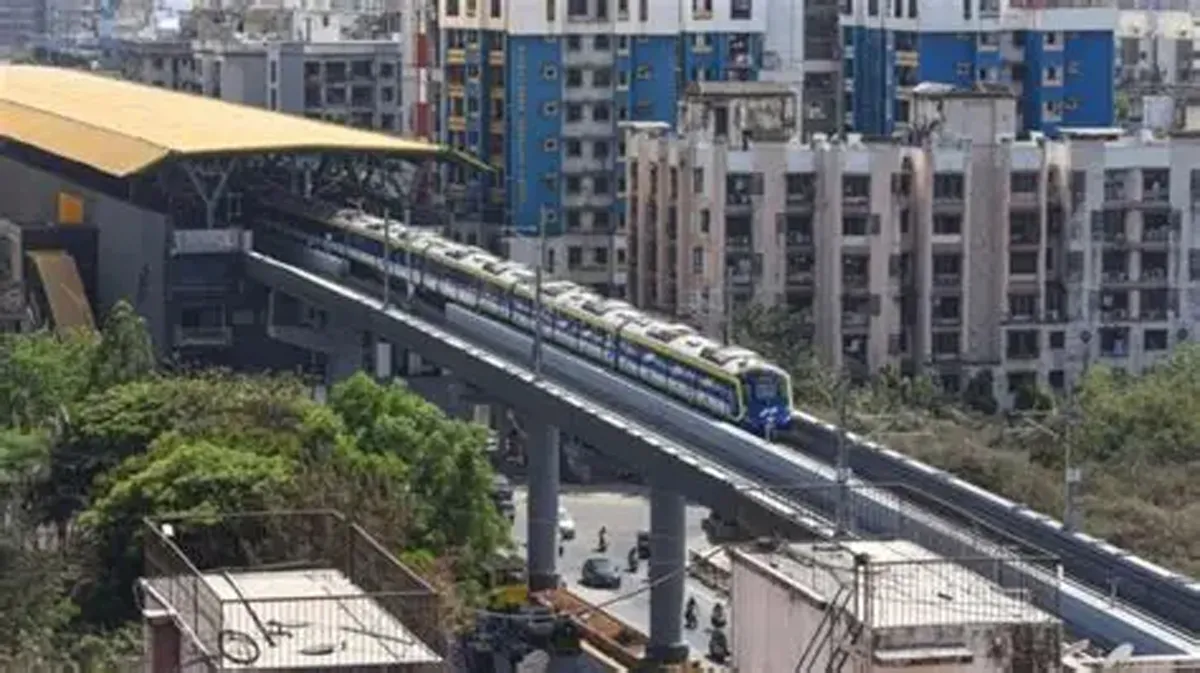
MMRC Plans CityFL Feeder Network for Mumbai Metro Line-3
The Mumbai Metro Rail Corporation (MMRC) is planning to introduce a dedicated feeder network, called CityFL (City First and Last), for the upcoming Metro Line-3. The initiative aims to provide seamless last-mile connectivity from Metro stations to surrounding neighbourhoods and commercial hubs.The feeder system will include electric buses, e-autos, and shared mobility options integrated with Metro schedules to ensure smoother passenger transfers. MMRC officials stated that the plan is part of a broader strategy to enhance ridership and reduce reliance on private vehicles.Metro Line-3, the city..
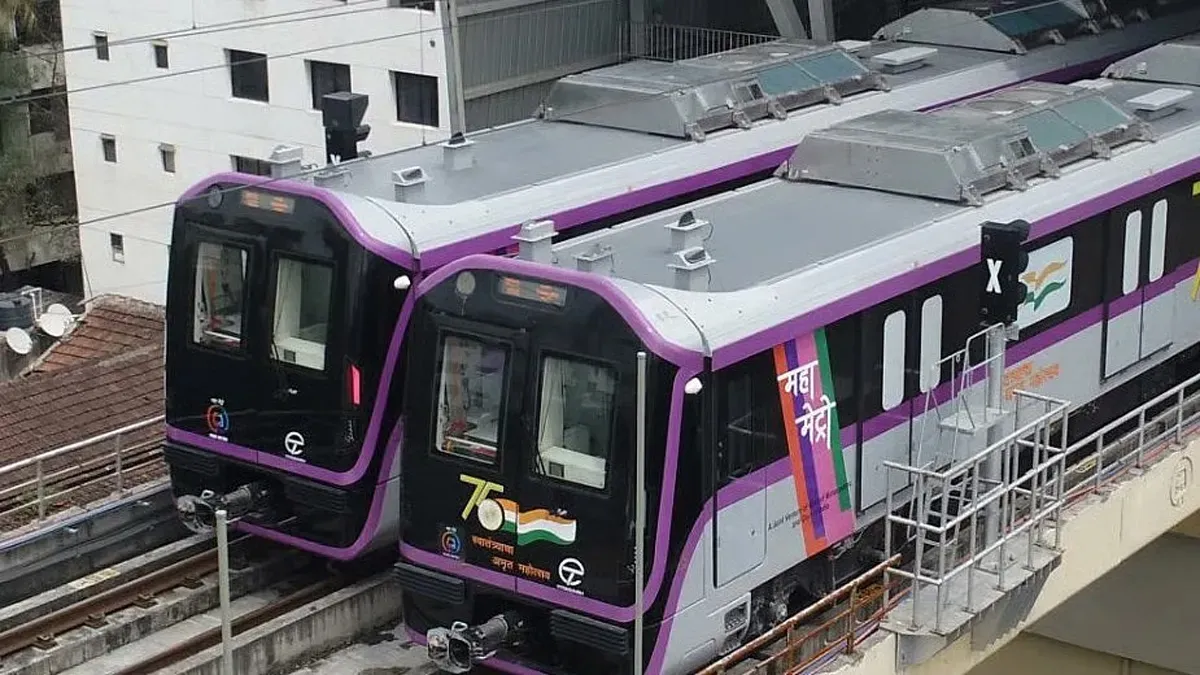
Adani Group Wins Rs 16.44 Bn Pune Metro Contract
The Adani Group has secured Rs 16.44 billion contract for constructing the 5.4 km underground section of Pune Metro’s Swargate–Katraj line. The project, awarded by MahaMetro, involves twin tunnels and three underground stations to improve urban connectivity and ease traffic congestion in southern Pune.Officials stated that the Adani Group will undertake design, civil works, and allied infrastructure development for the stretch, which forms part of Pune Metro’s Phase II expansion.Once completed, the corridor will significantly enhance mobility between central and southern parts of the cit..
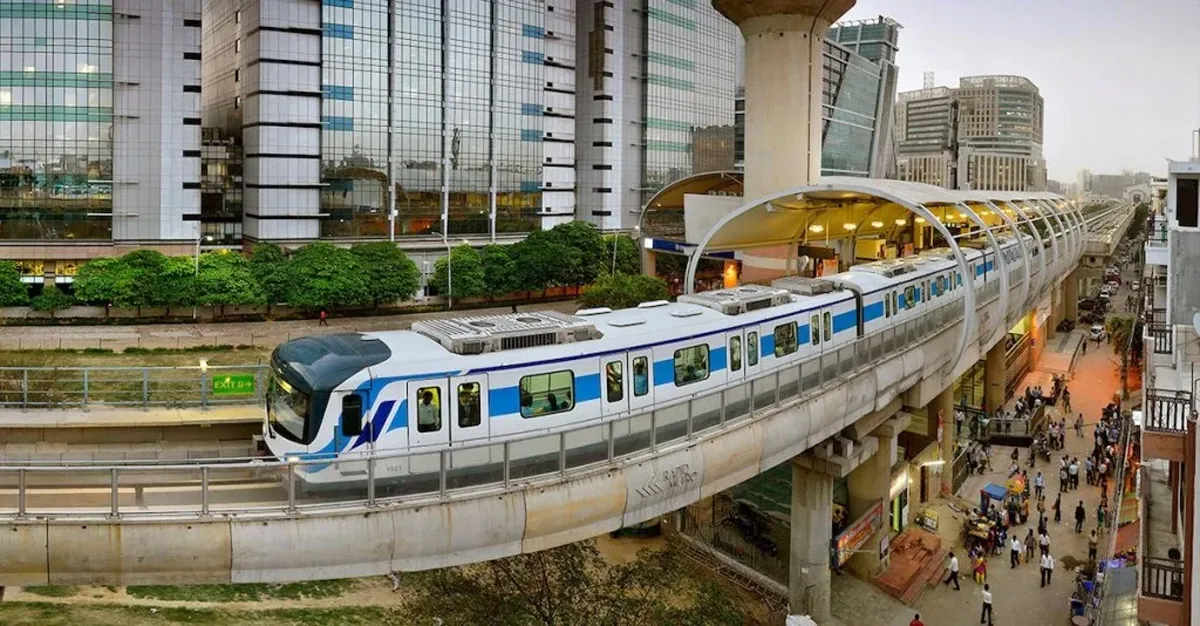
Gurgaon Metro Phase-2 May Go Underground, Raising Costs
The proposed Phase-2 of the Gurgaon Metro project may shift from an elevated to an underground alignment, a move that could nearly double its overall cost and delay completion. Officials are considering the redesign to reduce land acquisition challenges and minimise disruption to densely populated areas.Sources indicate that the project’s cost could rise significantly due to tunnelling, safety systems, and advanced construction requirements associated with underground corridors.The Haryana Mass Rapid Transport Corporation is currently assessing revised design proposals and financial implicat..







